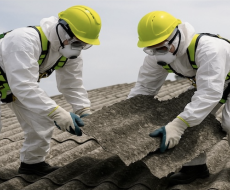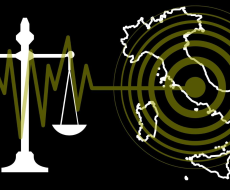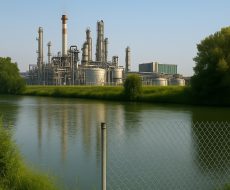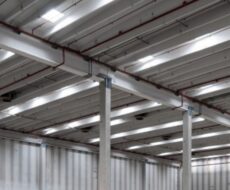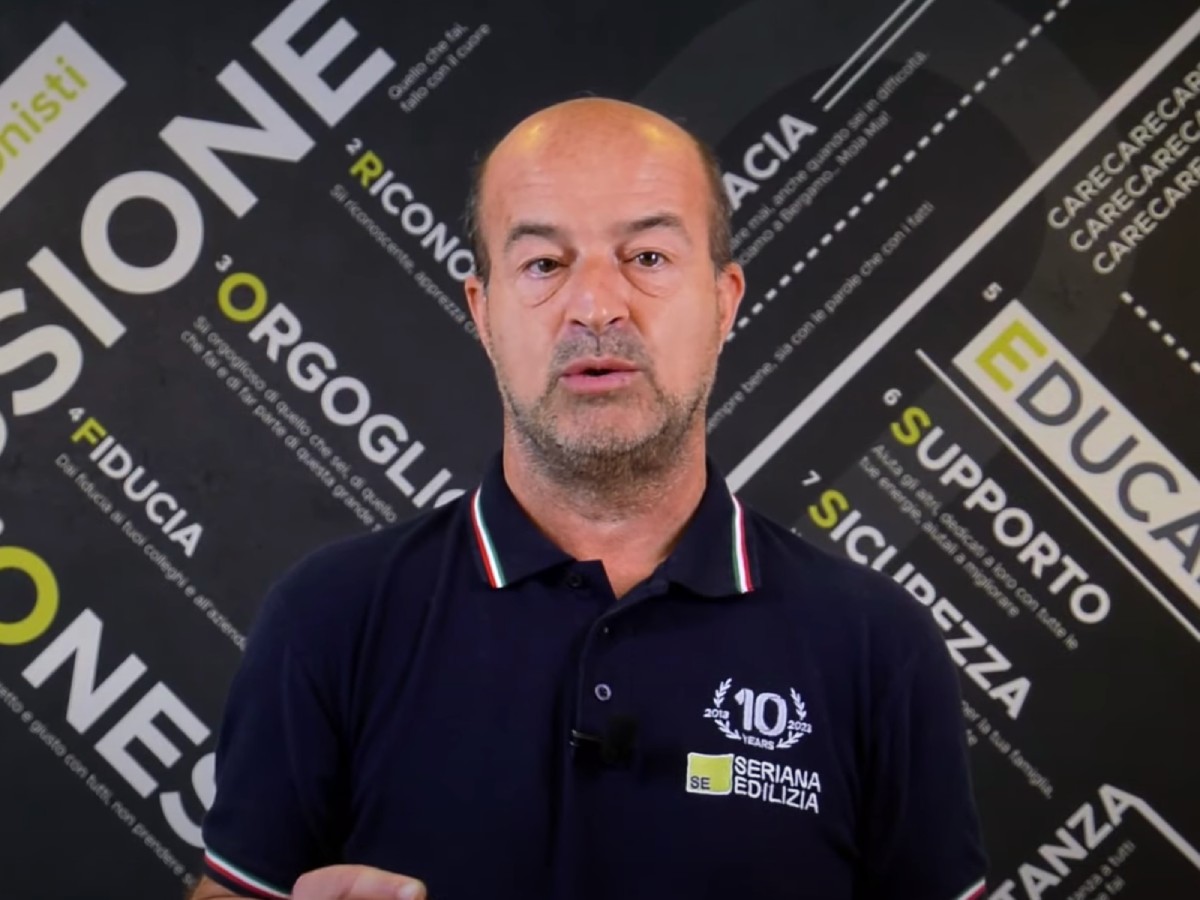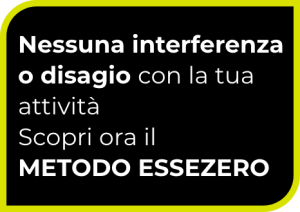
June 19, 2023
Safety in the workplace and in the territory: Seriana Edilizia makes a defibrillator available to workers and the neighbourhood to save lives.
A neighbourhood defibrillator: our choice.
For Seriana Edilizia, safety is a topic of absolute importance, indeed given the company’s commitment and awareness of its impact and prevention in the workplace. We therefore asked ourselves how to make the workplace a safer and more cutting-edge on the health front because, nowadays, the statistical figures available on work environments, which we will detail in the second paragraph, cannot be tolerated. By virtue of the implementation program for the health and safety of workers, we have equipped ourselves with a semi-automatic defibrillator on site which will allow timely assistance for employees who suffer cardiac arrest.
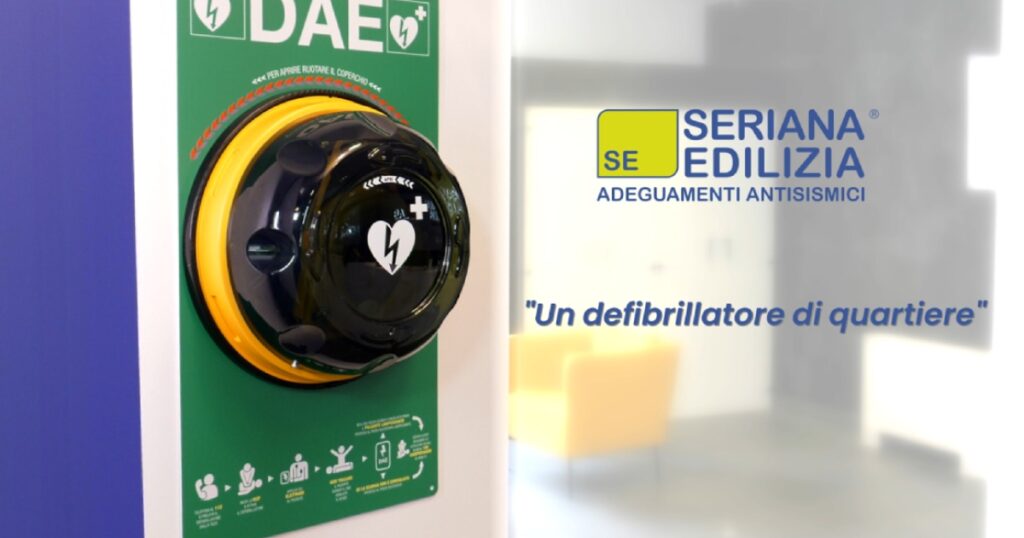
The function of the defibrillator: How it works and why it is so important:
In addition to the precautions already adopted by our personnel specialized in the installation of anti-seismic devices for our Customers, the decisions taken for the protection of office workers are fundamental: one of these is the installation of an exterior semi-automatic defibrillator (AED) at the entrance of the company, by the front desk.
There are two types of Exterior Defibrillators: Automatic (AEDa) and Semi-Automatic (AEDs). These differ in terms of use; in fact, the AEDa only has an “ON/OFF” button and, once the electrodes have been applied to the patient, the discharge/shock occurs automatically following testing carried out by the device itself. The last step does not happen automatically with AEDs (the defibrillator that our company offers) as it has a “SHOCK” button that must be pressed by an operator after the usual automatic testing that is performed on the patient.
This choice is a precaution in the face of the unpredictability of life and, at the same time, a commitment to the application of available and accessible preventive solutions. According to Vega data, every year between 60,000 and 70,000 people die from cardiac arrest in Italy alone, representing 10% of the overall annual deaths. To this data we must also add the disastrous workplace accidents which, in the first quarter of 2023, reached 264 victims and Lombardy is in the orange zone with regards to exposure.
With adequate in-depth analysis it is possible to understand the need for such a healthcare device: those who are not well-informed, often believe that it is enough to call 118 for emergency assistance. In the case of the heart, however, it could prove fatal to wait even 1 minute too long for help. Cardiac arrest is in fact sudden and you have about 10 minutes (7 minutes before experiencing devastating brain damage) at most to save that person subject to cardiac arrhythmia. The heart is the organ that has the role of providing oxygenated and nutrient-rich blood to the cells; indeed, brain cells are the most delicate and vulnerable in the event of myocardial arrest (heart muscles that allow the organ’s systole and diastole to alternate, in other words it allows for the “rhythm pump” function). As the minutes pass, the amount of brain damage increases dramatically until reaching a point of no return, thus resulting in the subject’s death.
People who survived a heart attack have incurred various brain damage of different extent based on readiness of resuscitation services: data from the Mario Negri Institute show how 70% of patients discharged, therefore survivors, have experienced post-cardiac arrest syndrome, i.e. cognitive and cardiac dysfunctions that increase the subject’s mortality. There may or may not be severe neurological damage, as already mentioned, the Mario Negri Institute specified that, in the luckiest of cases, there are memory deficits, up to vegetative state conditions that lead to the patient’s death. Humanitas also reports low blood pressure, tachycardia, acute pulmonary oedema (with severe shortness of breath at rest) and ischemia (lack of sufficient blood) of other organs due to poor ability of the heart to carry out its function.
So how is the defibrillator a fundamental tool for beating a heart attack? Statistics provide us with percentages that leave no room for interpretation, making the actual reality very clear:
- probability of survival without cardiac massage and without defibrillator → 2%;
- probability of survival with cardiac massage and without defibrillator → 13-15%;
- probability of survival with cardiac massage and with defibrillator → 70%.
The aim of choices to protect health and training.
Once the importance of the topic was understood, the management team, together with the Seriana safety team immediately mobilized to take significant measures; one of its objectives has already been achieved: providing an area for an AED for emergency response in case of necessity.
The next objective is to also provide vans with defibrillators so that workers can have one available. This latest project requires much more attention and care as these defibrillators will not be kept in a display case like the one already operational; Precisely for this reason, our team is studying the best methods and strategies to take this step towards an increasingly safe and protected working world.
The safety manager of Seriana Edilizia, Surveyor Olivo Mussetti trained six employees by providing a five-hour course at the end of which they were evaluated and received a suitability certificate for using the Semi-Automatic Exterior Defibrillator. During the course, cardiac resuscitation methods were taught through cardiac massage, the application of electrodes and how to use the AED. We are therefore talking about lay operators, i.e. people qualified for certain operations and interventions but not in the entire medical field.
Furthermore, it is important to remember that pursuant to Legislative Decree 81/08 (in which the management measures and technical adjustments necessary to reduce risks for workers are identified and described), it is not mandatory for the employer to promote that the company have a defibrillator. Seriana’s choice therefore aims to convey to its employees the high consideration it has for their health and safety.
A defibrillator for us and our neighbourhood
Our defibrillator is registered on the AREU emergency response site in Lombardy (Regional Emergency and Urgency Agency) which is now geolocalized and mapped. When a civilian suffers a heart attack and emergency services are called, in addition to sending a medical team, they can decide to commission our company to provide even quicker support due to the proximity to the patient in difficulty. One of our six qualified employees will come to the rescue during company working hours.
Just as our service has the ultimate objective of saving and securing lives in the workplace, our measures further aim to be a solid gesture because we are all people with a name, a history, and an identity to be protected and preserved.

